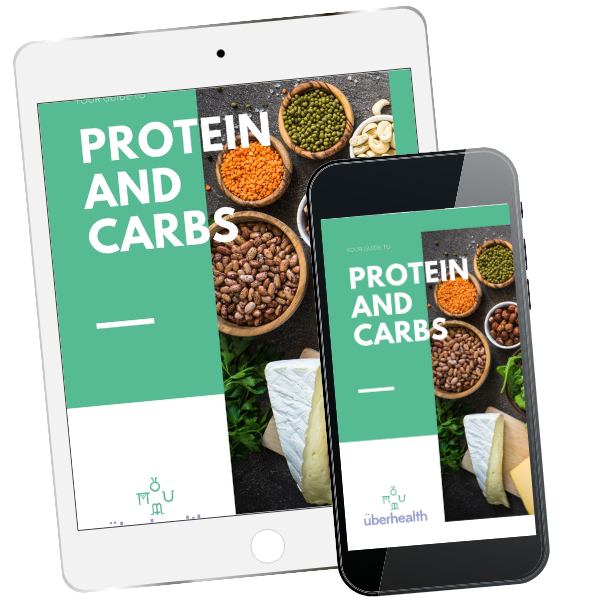Food Sensitivity

Do you ever wonder how to tell if a food isn’t good for you?
In clinic I often talk about prescribing a ‘clean diet’. In the past I have written a blog about the role of a whole foods diet as one of natures seven healers; you can find that blog here. For me and my very active family, a clean diet is gluten free, mostly paleo, whole foods diet. We eat this way because our bodies feel good when we eat like this.
I see a lot of clients with underlying food sensitivities, intolerances, and allergies. Many times, these clients don’t even know they have them. Sometimes the client knows they have a problem with a certain food but will continue to eat them. When asked why they continue to eat a food which their body doesn’t like, the responses often include, “it doesn’t seem too bad”, “I don’t want to offend someone by not eating what they’ve made for me” and “I really like X, so I just deal with it ”
Food allergy, intolerances, and food sensitivities
First up, I want to help break down the difference between a food allergy, intolerances, and a food sensitivity. Though they are often used interchangeably, food allergies, intolerances, and sensitivities are not the same thing. If a client has a food allergy, then that food is of the table (both literally and figuratively!); no ifs, ands, or buts.
If you are allergic to a food, your body will have an immune mediated response to a substance (allergen). This response stimulates the production proteins (allergy antibodies) which act to identify and react with foreign substances. Food allergy symptoms can be mild such as hives, or they can become life threatening, swelling of the lips or face, wheezing, difficulty breathing or even anaphylaxis.
Food sensitivities and intolerances can be a bit more subtle than allergy signs and symptoms. So subtle in fact, that at times clients won’t even notice that it’s a food that is causing the problem. I often find that most people only think a food is a problem for them if it shows signs in the gut, like nausea or diarrhea; but this is not always the case. Let’s have a look at some of the body signs and symptoms of sensitivity and intolerance.
Gut feeling:
- bloating,
- excess gas,
- nausea,
- heartburn and
- change in bowel habits, such as diarrhea, mucus in the stool, or constipation.,
All in the head:
- feeling tired, generally, and more specifically after eating the food
- Irritability and easy to anger
- brain fog
- poor concentration and memory
- ongoing anxiety
- headaches and migraines
- temper tantrums in children (or even in adults!).
Snot and skin:
- excess mucous causing stuffy noses
- extra discharge causing runny noses
- tickling cough
- cough caused by postnasal drip
- Small ‘pimples ‘on the upper arms
- Eczema or other skin rash
So now that we know what to look out for, how do we find the culprit? Almost all my clients keep a food diary of some description. My athletes and weight loss clients will be keeping detailed food diaries to help me gain insight into their macronutrients; but all my clients are asked two record two things in a food diary for me (and themselves!).
- What they ate and a rough serving size.
- How they felt afterwards (physically and mentally).
What we are looking for is a pattern. For example, if you tell me you get a headache most workdays at around 3pm, but rarely on the weekend, I look for common food threads. Perhaps you’re getting a chicken wrap from the same café everyday near the office, but on the weekend, we uncover you don’t eat wheat. Perhaps you have an annoying postnasal drip every day, regardless to the season or pollen count, and we see that you’re drinking 3 large milky coffees every day.
Once we’ve found a pattern, we can address the problem. First, we do an elimination test. This is where we remove that food from your diet for two weeks and see what changes (if any) happen. During this time, you keep writing in your food diary Still checking in on your body and the way it is feeling.
The other way we can test for food sensitivity and intolerances are through hair and/or blood testing. In clinic I have used multiple agencies over time to help pinpoint food intolerances. There are some amazing companies that give very accurate results. This option is great for people who are finding it hard to pin point one food that’s causing the problem, if you’re is finding the elimination process difficult, or if I think there may be multiple sensitivities going on. Working this way may be financially more expensive up front, but it can help pinpoint problem foods much faster and get you on the path to wellness quicker.
What can you do to help yourself?
Starting a food diary might help you on your wellness journey. You can use any of the apps, or even just a pen and paper. Write down what you eat, roughly how much, and how you feel after. Don’t forget to factor in that the digestive process takes time, and a reminder that some signs might not kick in for an hour or two after you’ve eaten the food. This food diary isn’t about keeping score, or having the best diet, it’s about finding patterns; so, it’s important that you’re honest with yourself.
If you’re ready to go a bit deeper with your nutrition, or if you’re needing a bit of support doing the process of identifying and addressing food sensitivities, get in touch! I am currently opening some more space for new clients in 1:1 private practice.
FREE RESOURCE


